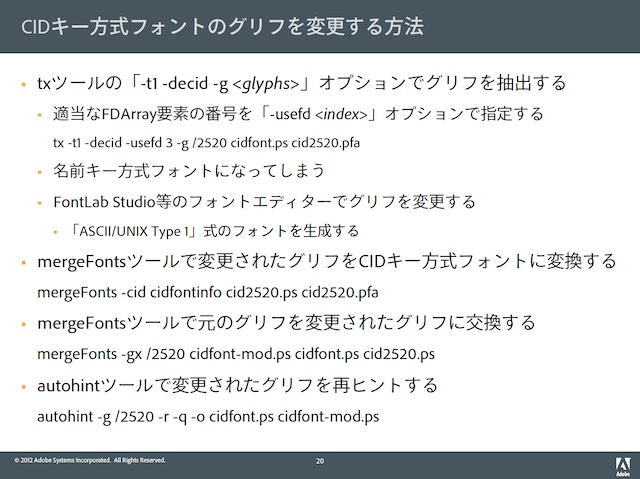Founded in 1987 by Yuan Ho and Seth Schneider, IMUG (International Multilingual User Group) has become Silicon Valley’s best user group for all matters related to internationalization, localization, and globalization. Meeting once a month, usually the third Thursday, IMUG meetings include a presentation by a distinguished member of the internationalization, localization, or globalization community. Adobe began hosting IMUG meetings in 2010 for odd-numbered months, and its Globalization Engineering Council serves as the official host. Even-numbered months are hosted by Google.
Regardless of whether you reside in the San Francisco Bay Area, I encourage you to attend IMUG meetings. Those that are hosted by Adobe are broadcasted via Adobe Connect, meaning that attendees need not be on site.
It seems that I have presented for IMUG six times, in 1995 (Adobe Systems’ CID-Keyed Fonts For Large Character Sets), 1999 (Adventures in Multilingual Publishing), 2005 (The Adobe-Japan1-6 Character Collection), 2008 (Ideographic Variation Sequences: Implementation Details), 2010 (Kazuraki: Adobe Systems’ Groundbreaking New Japanese Typeface), and 2011 (The Power of “Plain Text” & the Importance of Meaningful Content).
The next IMUG meeting, which will be hosted at Adobe, will include an intriguing presentation by Microsoft’s Michael Kaplan, which will be about new internationalization features in Windows 8, scheduled to be released on October 26, 2012, which is, by the way, approximately two months before our world ends. Please plan to attend, either in person or via Adobe Connect.


